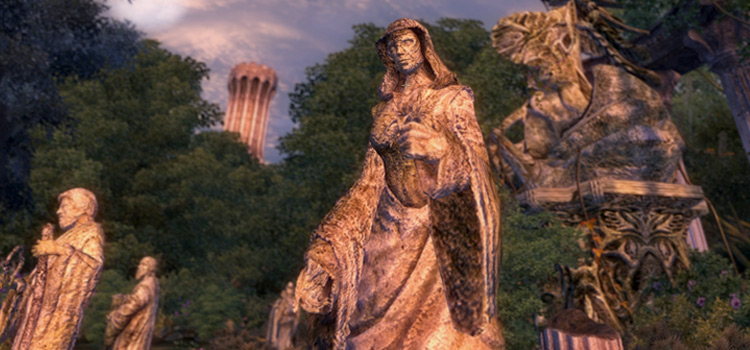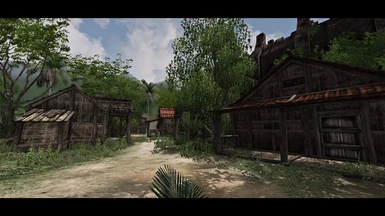
The smaller this value, the smaller the size of texture tiles, and the faster and more tightly packed the water ripples will appear.īUseEyeEnvMapping=1 - If set to 0, disables environment mapping on character eyes. If set too high this results in glitches, but if set to 1 can resolve issues with the uGridsToLoad value being higher than 5 and improve FPS as well.īUseWaterLOD=1 - If set to 0 removes all water.įSurfaceTileSize=2048.0000 - Controls the size of the water texture grids. UNumDepthGrids=3 - Also appears to control the depth of water visible, with lower values making water less transparent. This can resolve some of the visual glitches which result from changing the uGridsToLoad value, and can also improve FPS, at the cost of some realism. you cannot see into it at all from above). The higher the value, the clearer the water appears, however some water glitches may also start becoming apparent, and FPS may be reduced as well.īUseWaterDepth=1 - If set to 0, water becomes completely opaque (i.e. UDepthRange=125 - This option controls the depth of water visibility from above. Note that this reduces FPS in busy areas, and that the additional reflections are only visible when you and the objects are closer to the water.

When set to 1, they allow nearby trees, objects, and other characters to reflect in the water. The above settings control the additional reflections possible on the surface of water areas.
#HOW TO USE OBLIVION RELOADED SETTINGS FULL#
Altering this value doesn't appear to have a significant impact on FPS, but may do on older graphics cards.īEnableTrees=1 - If set to 0, turns off all trees, boosting FPS but making things highly unrealistic outdoors.īForceFullLOD=0 - If set to 1 uses full Level of Detail (LOD) for trees, making them appear slightly better at the cost of a small FPS drop. See an animated screenshot comparison by clicking this link: Obl_CanopyShadowScale.gif (768KB).

ICanopyShadowScale=512 - This value determines the appearance of tree shadow textures - lowering the resolution value (in multiples of 8) will make the tree shadows appear finer and more detailed, but this will also introduce a visible tiling pattern to the shadows. The higher the value, the greater the potential to improve FPS and stuttering by reducing texture types and processing time, however I have not seen a major performance or visual difference from various values of this setting. ITreeClonesAllowed=0 - If set to a particular value, appears to determine in part the number of possible tree clones (copies of the same basic tree type) which are generated. You can lower these values to increase performance, and also by reducing the difference between the FadeDistance and EndDistance.īGrassPointLighting=0 - Setting to 1 provides more accurate lighting on grass at the cost of reduced FPS.īDrawShaderGrass=1 - If set to 0 removes all grass which obviously improves FPS in such areas at the cost of realism. The above settings control the distance at which grass ends, and the distance shortly before that which it starts to fade away.
#HOW TO USE OBLIVION RELOADED SETTINGS MOD#
Update: You can also use this Low Poly Grass Mod to reduce the polygon count (complexity) of grass, boosting FPS further.

I suggest a value of 120 to improve FPS without overly thinning out grass. The higher the value, the less tightly packed grassy areas will be, resulting in more empty spaces in grassland, and thus noticeably higher FPS in heavily grassed areas. IMinGrassSize=120 - This setting controls the density of grass clumps. Elder Scrolls IV: Oblivion Tweak Guide Advanced Tweaking (Pt.3)


 0 kommentar(er)
0 kommentar(er)
